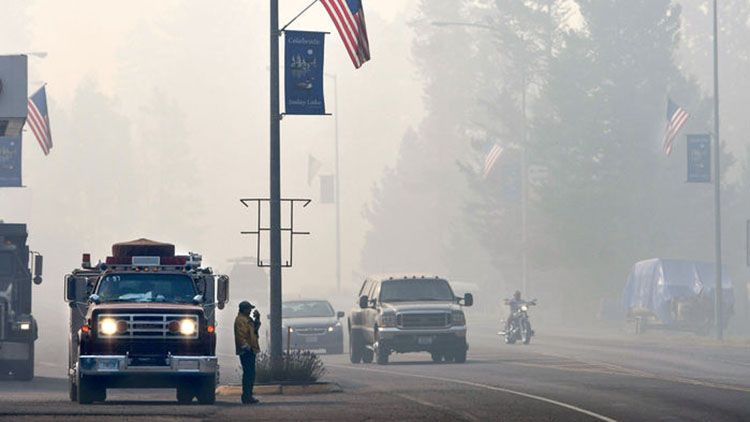Science magazine features Emily Fischer’s upcoming field campaign
Emily Fischer is likely one of the few people whose summer plans were buoyed by a recent forecast that much of the western United States faces another worse-than-normal wildfire season. Unusually warm weather and drought, together with plenty of dry grass and brush, are expected to create prime conditions for blazes this summer, federal officials announced on 10 May.
The forecast has local officials bracing for the worst. But it represents an opportunity for Fischer, an atmospheric scientist at Colorado State University in Fort Collins who is preparing to spend the summer flying through plumes of wildfire smoke aboard a C-130 cargo plane jammed full of scientific equipment. The flights are the highlight of an unprecedented effort, costing more than $30 million, that involves aircraft, satellites, instrumented vans, and even researchers traveling on foot. Over the next 2 years, two coordinated campaigns—one funded by the National Science Foundation (NSF), and the other by NASA and the National Oceanic and Atmospheric Administration (NOAA)—aim to better understand the chemistry and physics of wildfire smoke, as well as how it affects climate, air pollution, and human health.
Read the Science article, “Scientists race to reveal how surging wildfire smoke is affecting climate and health.”
Photo at top: Smoke from a nearby wildfire blanketed Seeley Lake, Montana, for weeks in the summer of 2017. Photo by Kurt Wilson of the Missoulian



